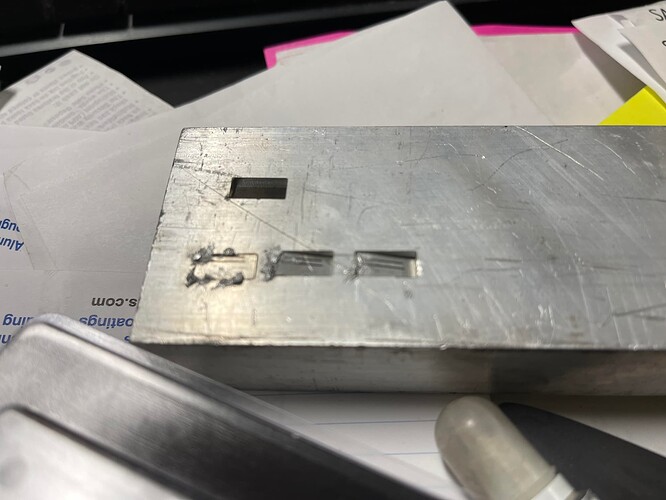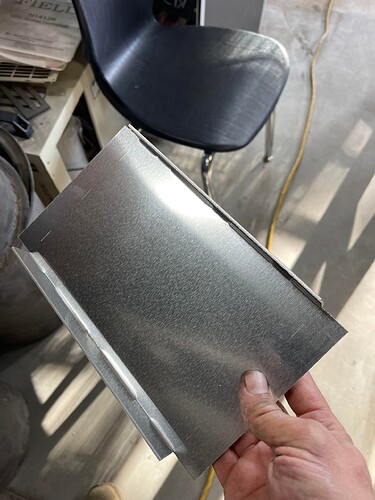I would call Sparktech in Round Rock. They also have a Ebay store called drillman1. They sell higher quality bits. They don’t cost much more than regular Amazon bits. Are you trying to cut the al for fitting the key switches? I would go with a fiber laser/waterjet for square corners.

